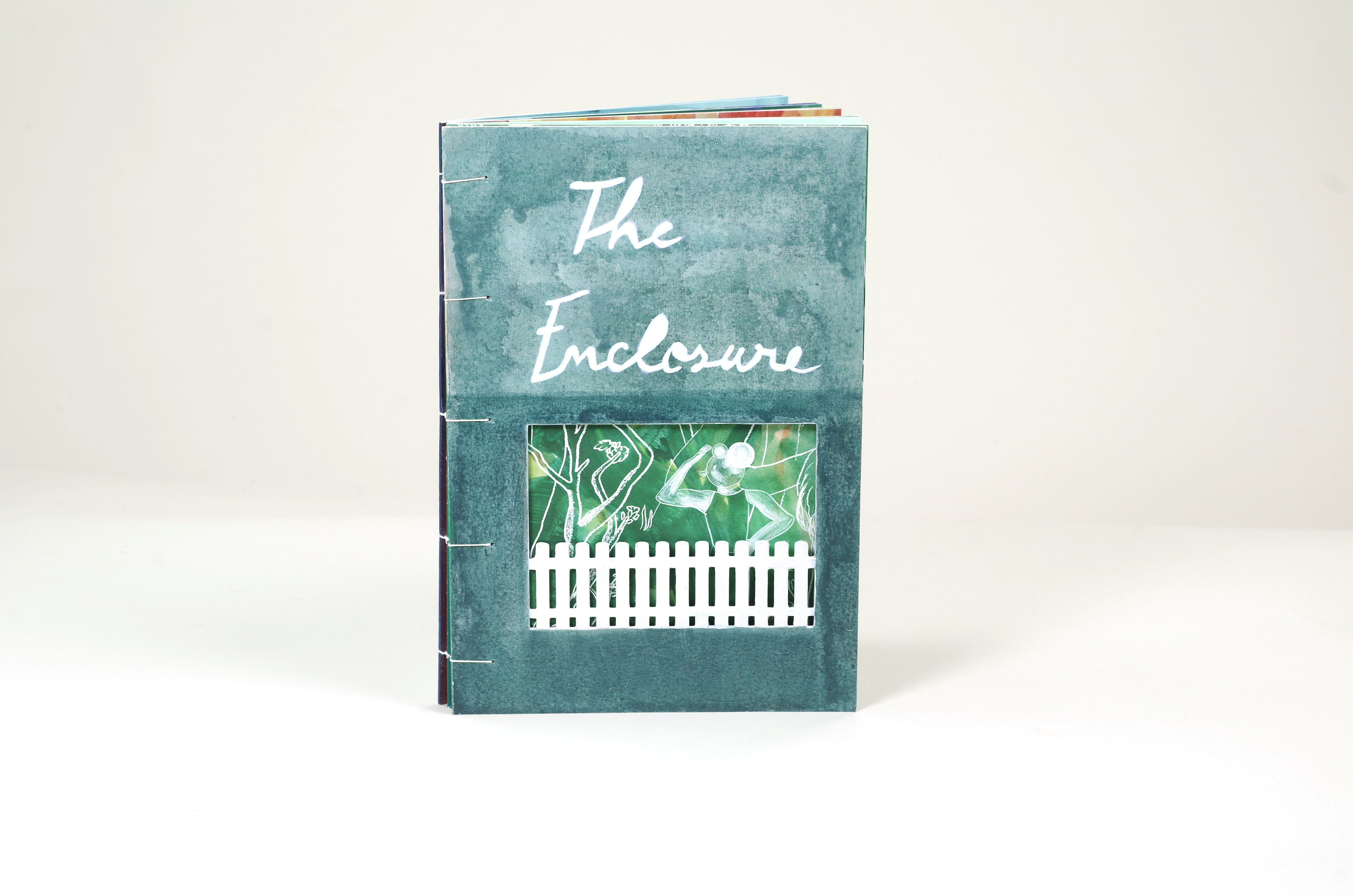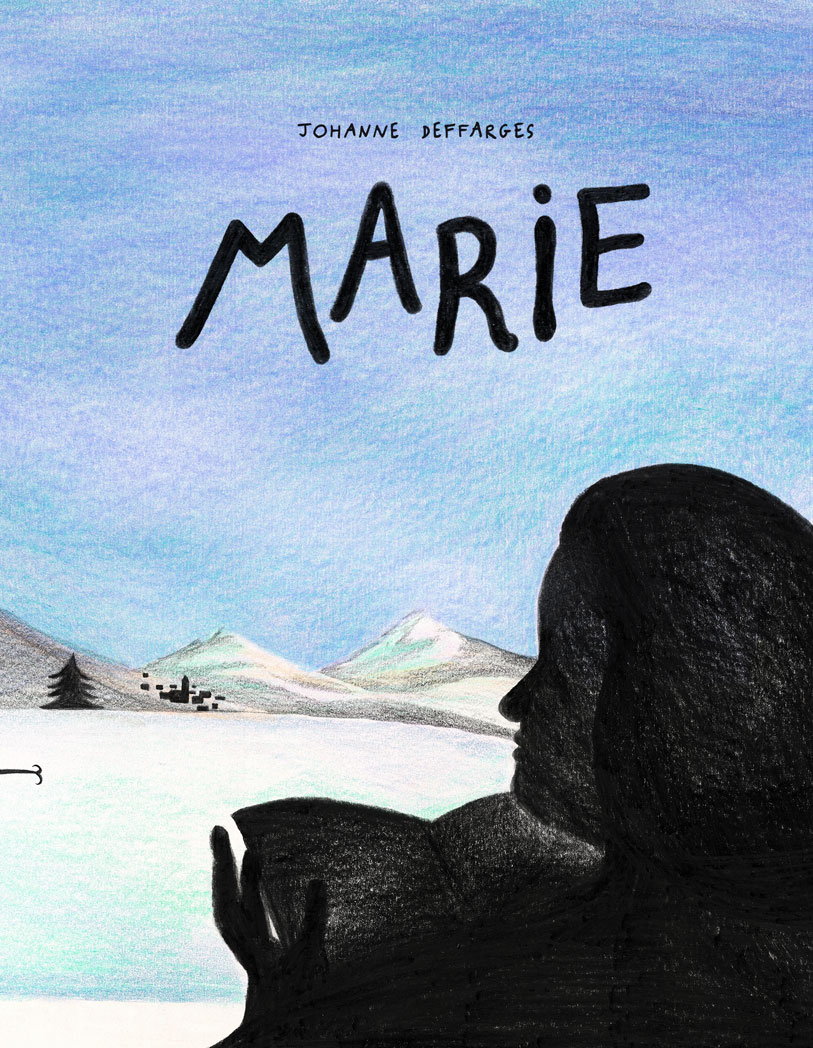



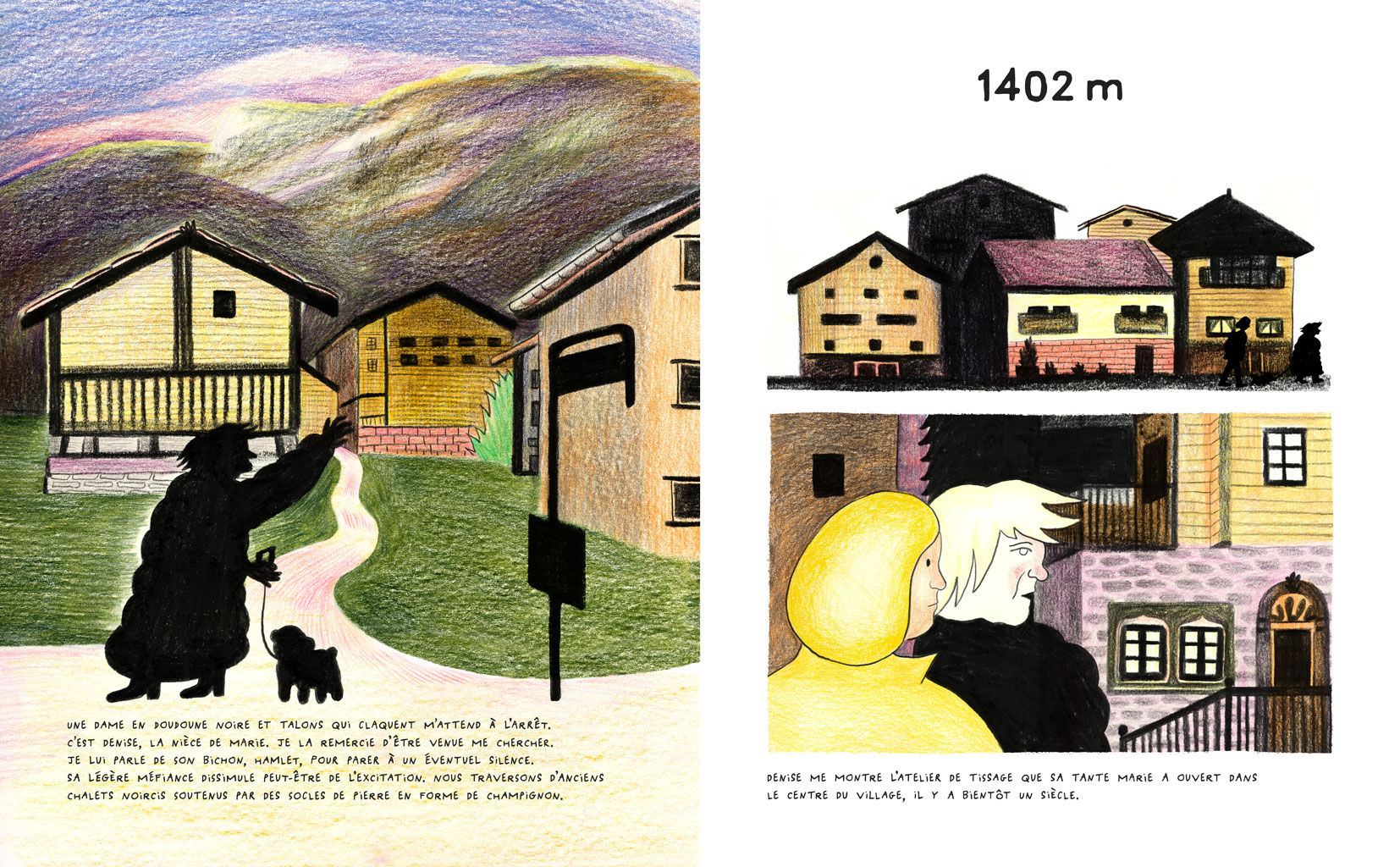




MARIE
Fascinée par le témoignage féministe et mystique de Marie, une tisserande suisse disparue depuis le siècle dernier, une jeune femme décide de partir à l’aventure et de suivre sa trace. Dans la vallée de Marie, rien ne semble à la hauteur de ses mémoires. Les lacs de montagne ne cachent pas de ruines celtiques. Les personnages rencontrés n’ont pas un cinquième de la sagesse et des connaissances de Marie. Mais la fiction vient au secours de la réalité. Quand la narratrice exhume une pièce tissée par Marie, sa vision de la vallée est transformée. Elle décide de donner à son récit de voyage une nouvelle tournure.
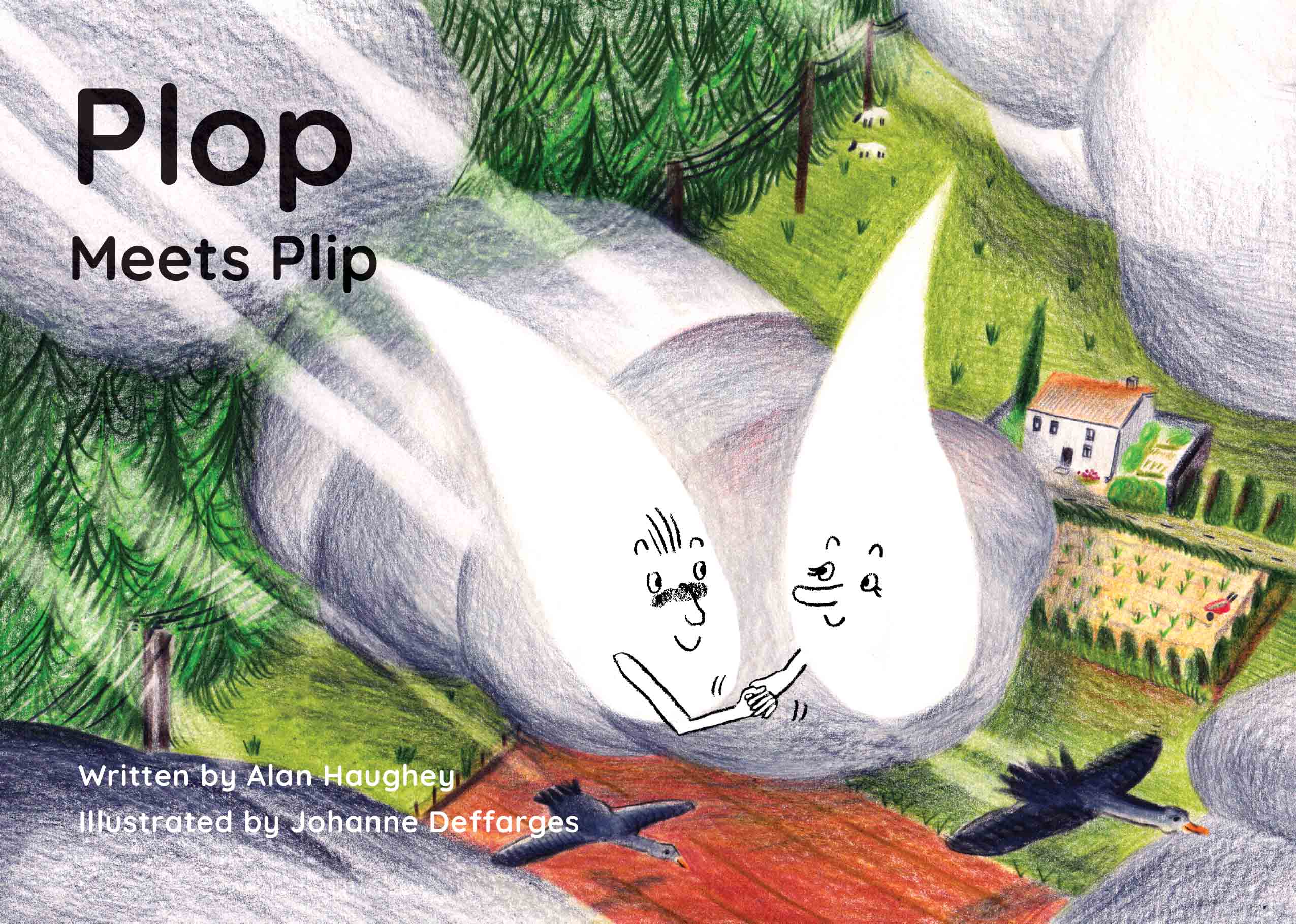






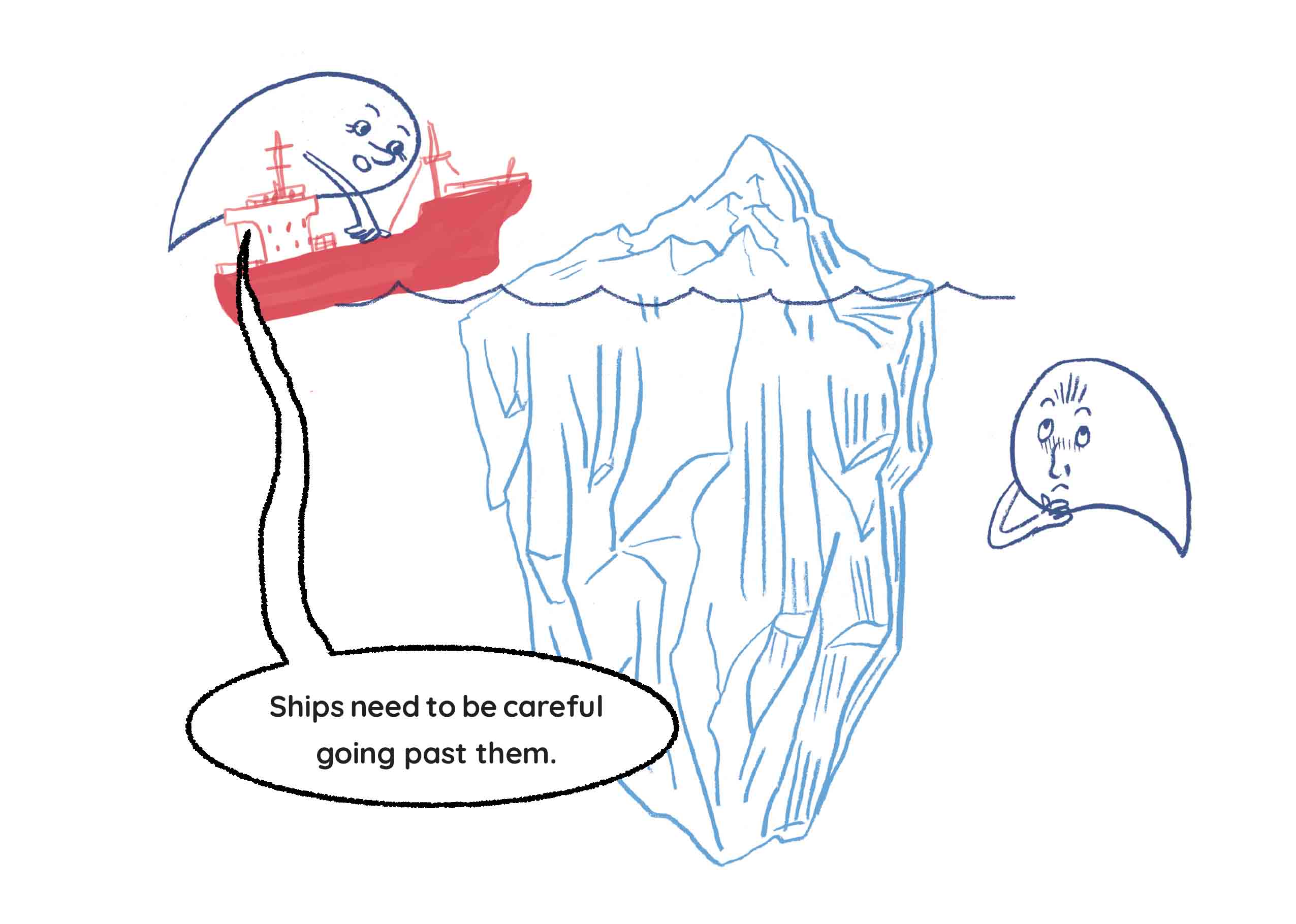
PLIP AND PLOP
A series of five children’s books introducing the notion of watercycle through the adventures of two droplets of water, Plip and Plop. They travel from the turmoil of Scottish skies to English tarns, and from far above the Earth to the Arctic icefloe! Written by educational psychologist Dr. Alan Haughey for primary school children aged 3-7.
A series of five children’s books introducing the notion of watercycle through the adventures of two droplets of water, Plip and Plop. They travel from the turmoil of Scottish skies to English tarns, and from far above the Earth to the Arctic icefloe! Written by educational psychologist Dr. Alan Haughey for primary school children aged 3-7.



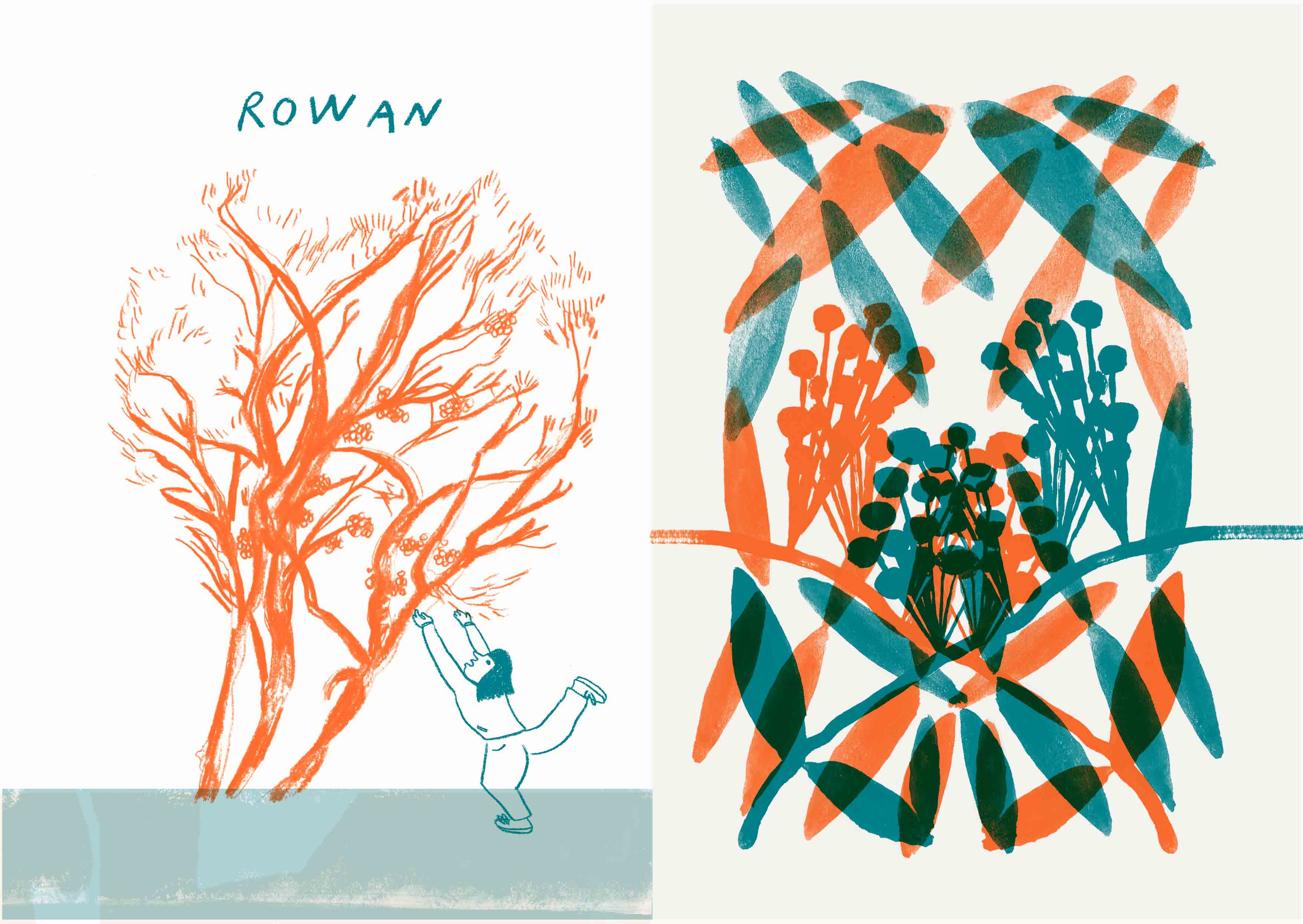
SCOTTISH NATIVE TREES
12 illustrated spreads published in issue 1 and 2 of Edinburgh-based emerging children’s magazine Ehonis. A riso-printed publication experimenting with the concept of picturebook, which first issue explored our Environment. A prompt for a visual exploration of Scottish native tree’s features led to creating a series of masks for each tree. At the crossing between the Green Man myth and the idea of tree spirits, those illustrations are a call for imagination to think what resides behind the bark’s tree.

ROAMING THROUGH SCOTLAND
Four sets of 12 postcards, digitally printed and glue-bound
‘Scotland has the most inequitable land ownership in the West’ (The Guardian, 2013). Reasons for this partly date back to the Clearances (the systematical eviction of farmers in the Highlands in the eighteenth and nineteenth century), the settlement of an aristocracy and an ongoing quasi-feudal system.
It makes the Right to Roam (the right for the public to access privately owned land) a precious asset. Inspired by campaigner Nick Kempe who reports unlawful signs preventing access, I started my own collection of signs. I asked friends who would go around Scotland to look for them, put up posters to ask for pictures of them, and took pictures of them during walks. In parallel, I was looking at the ubiquitous imagery of glens emptied from people, present on old found postcards and the violence from the past they embody and seem to glorify. The serenity these postcards try to convey is far from my personal experience of roaming through Scotland.
The postcard sets I made correspond to walks I went on, that were interrupted or disrupted by the appearance of signs and clashed with the romanticised image of rural Scotland. They force the potential visitor to question human activity that happens on the land as well as to reconsider their own prejudices.
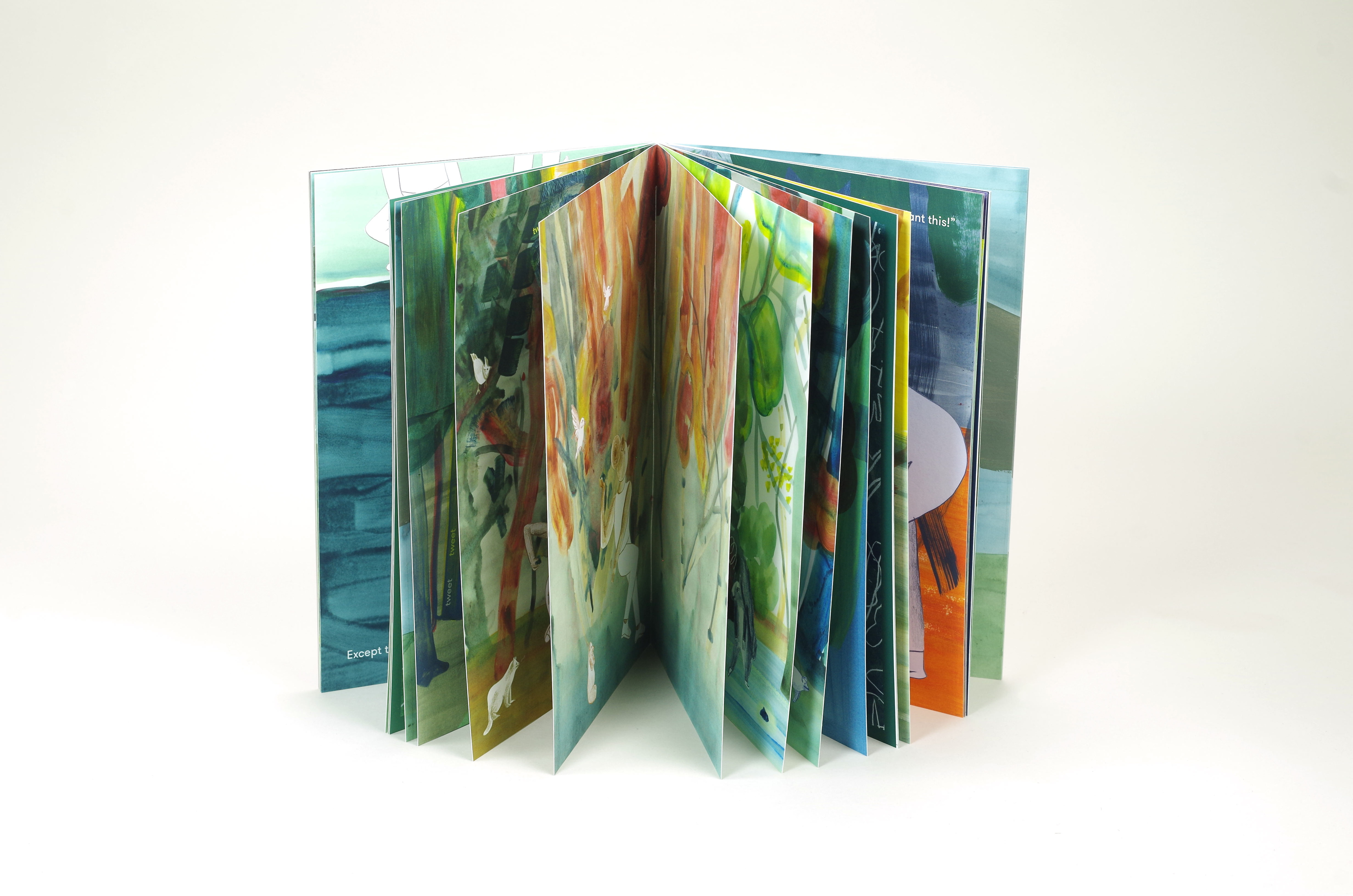
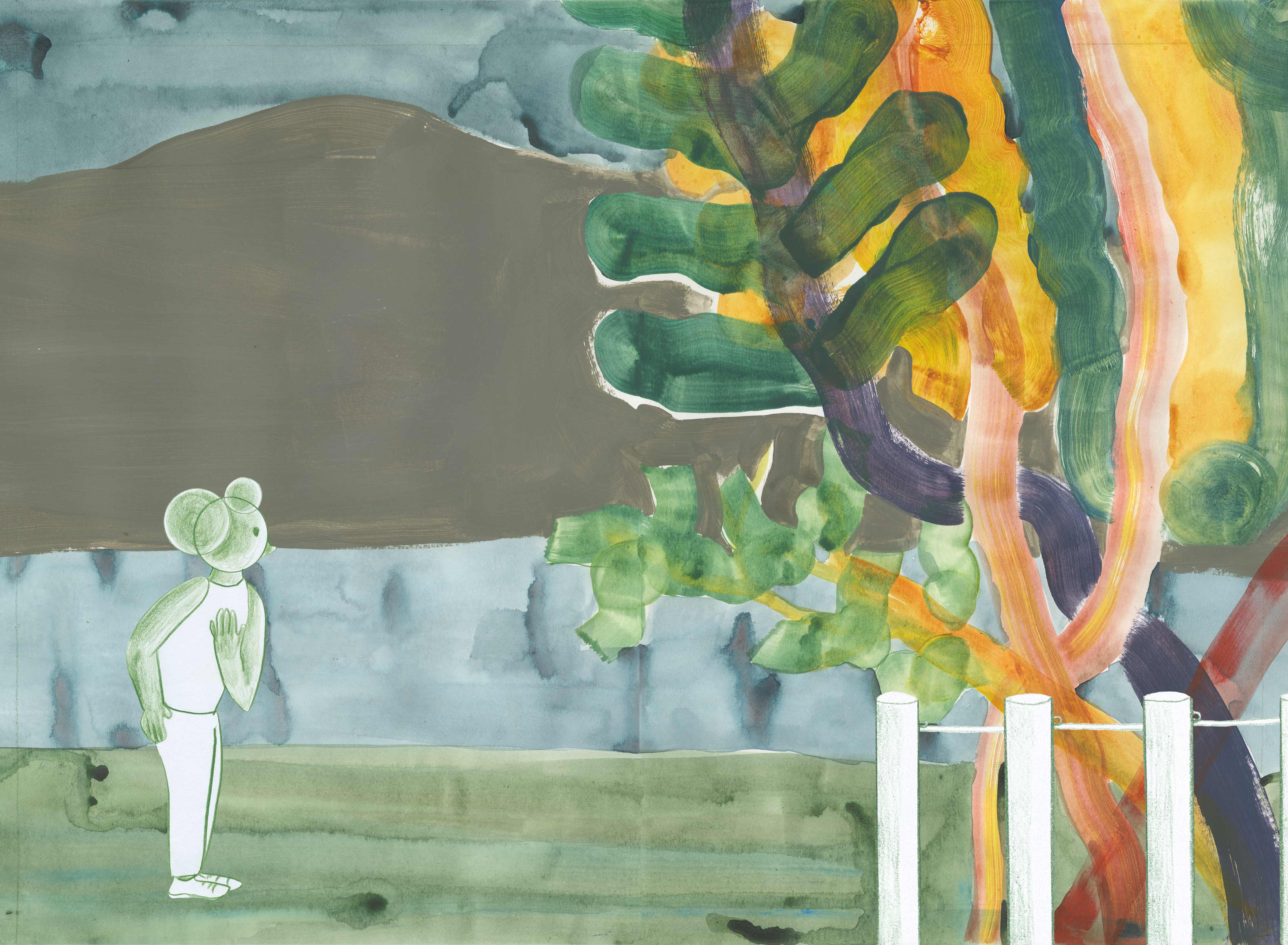



THE ENCLOSURE
A children’s book which tells the story of a girl on a walk in the Cairngorms with her parents. Her encountering with a lush enclosure of trees in the desolate Scottish moorlands will change her relationship with the natural world. The Enclosure was inspired by the remarkable story of two pioneering biologists who experimented with regrowing plots of moorlands in the nineties. They were trying to protect a rare species of fish at Loch Garry in the Cairngorms Mountains and realised that reforesting the shores was an effective solution. The enclosures of trees they planted around the loch now form curious oases in the desertic area around Drumochter Pass.
The experiment they undertook echoed with my interest in understanding our landscape’s history better and my recent read ‘The Natural Explorer’ by Tristan Gooley. Interviewing Derek, one of the biologist, was a chance to get more details on the story. We discussed everything about the reforestation experiment, from types of trees he planted to his frustration with funding institutions. He also talked about his experience as an outdoor teacher and the way he communicates with children to engage with them.
![]()
![]()
![]()
![]()
![]()
KEEP OUT
A1 folded map printed on Progeo paper, digitally printed
As part of my research around land ownership in Scotland, I came across ‘Parkswatch Scotland’, a blog run by Nick Kempe which critically documents the developments of the National Parks. Nick fights for access rights (one’s rights to access privately owned land), a necessary battle in a country where ‘concentrated landownership has caused significant damage’ (The Herald, 2019).
Keep Out consists of the transcript of an interview with Nick. Talking about subjects such as the traditional right to roam in Scotland, to today’s Scottish National Parks’ conflicted interests, Nick’s words covered an actual ‘history’ of access that felt worth illustrating.
As Nick had advised me, I visited the Drumochter Pass area to witness the concentration of sporting estates and I was able to take pictures of evidences. Traps to kill grouse chicks predators, medication to improve grouse’s immune system, burnt trees and ‘patchy’ looking hills due to the burning of the heath, plastic cones and tubs left lying around on the estates, roads built up from bottom of the hill to top, formed a body of images I used as starting points to illustrate the interview with Nick.
A children’s book which tells the story of a girl on a walk in the Cairngorms with her parents. Her encountering with a lush enclosure of trees in the desolate Scottish moorlands will change her relationship with the natural world. The Enclosure was inspired by the remarkable story of two pioneering biologists who experimented with regrowing plots of moorlands in the nineties. They were trying to protect a rare species of fish at Loch Garry in the Cairngorms Mountains and realised that reforesting the shores was an effective solution. The enclosures of trees they planted around the loch now form curious oases in the desertic area around Drumochter Pass.
The experiment they undertook echoed with my interest in understanding our landscape’s history better and my recent read ‘The Natural Explorer’ by Tristan Gooley. Interviewing Derek, one of the biologist, was a chance to get more details on the story. We discussed everything about the reforestation experiment, from types of trees he planted to his frustration with funding institutions. He also talked about his experience as an outdoor teacher and the way he communicates with children to engage with them.
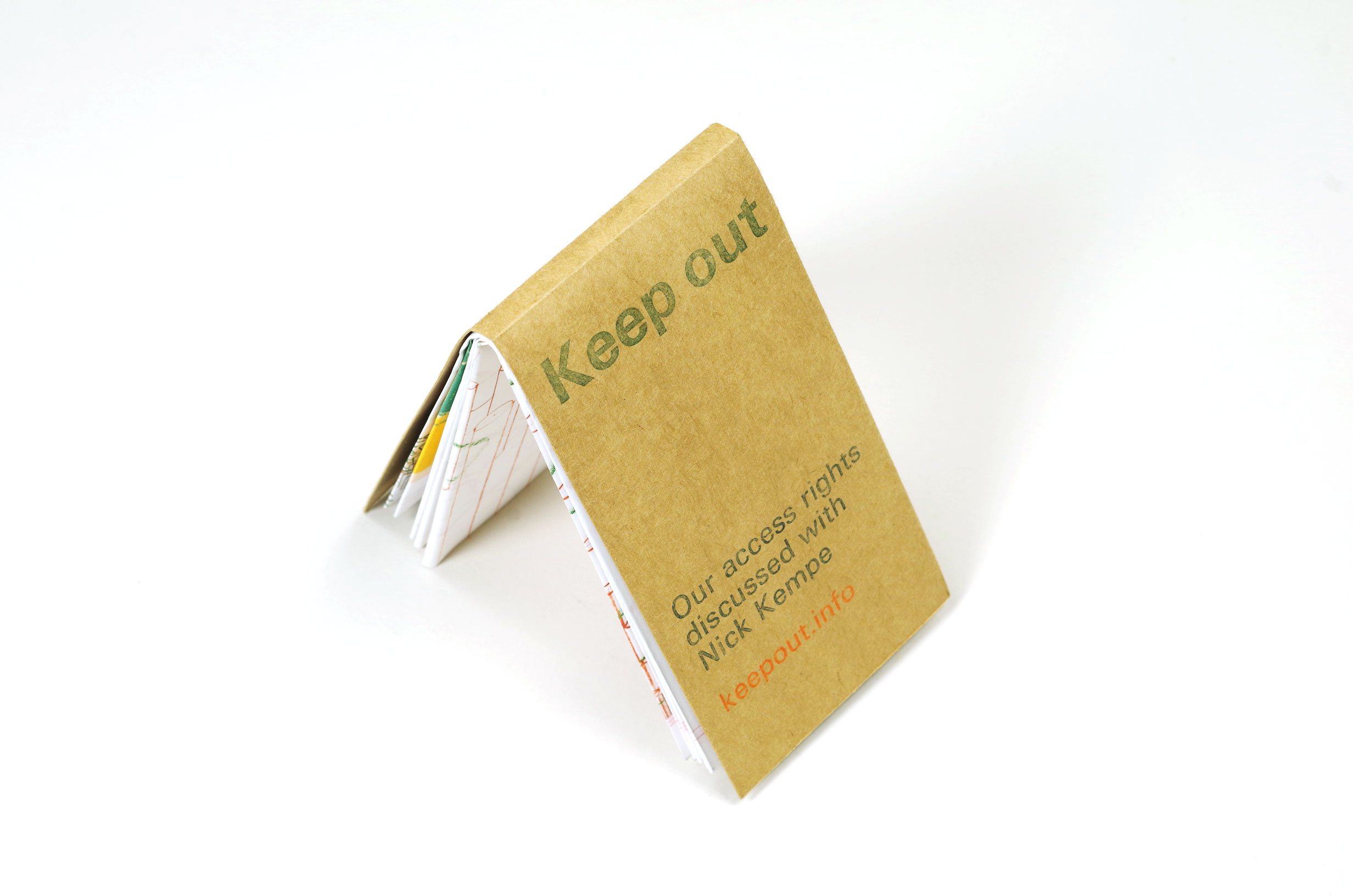



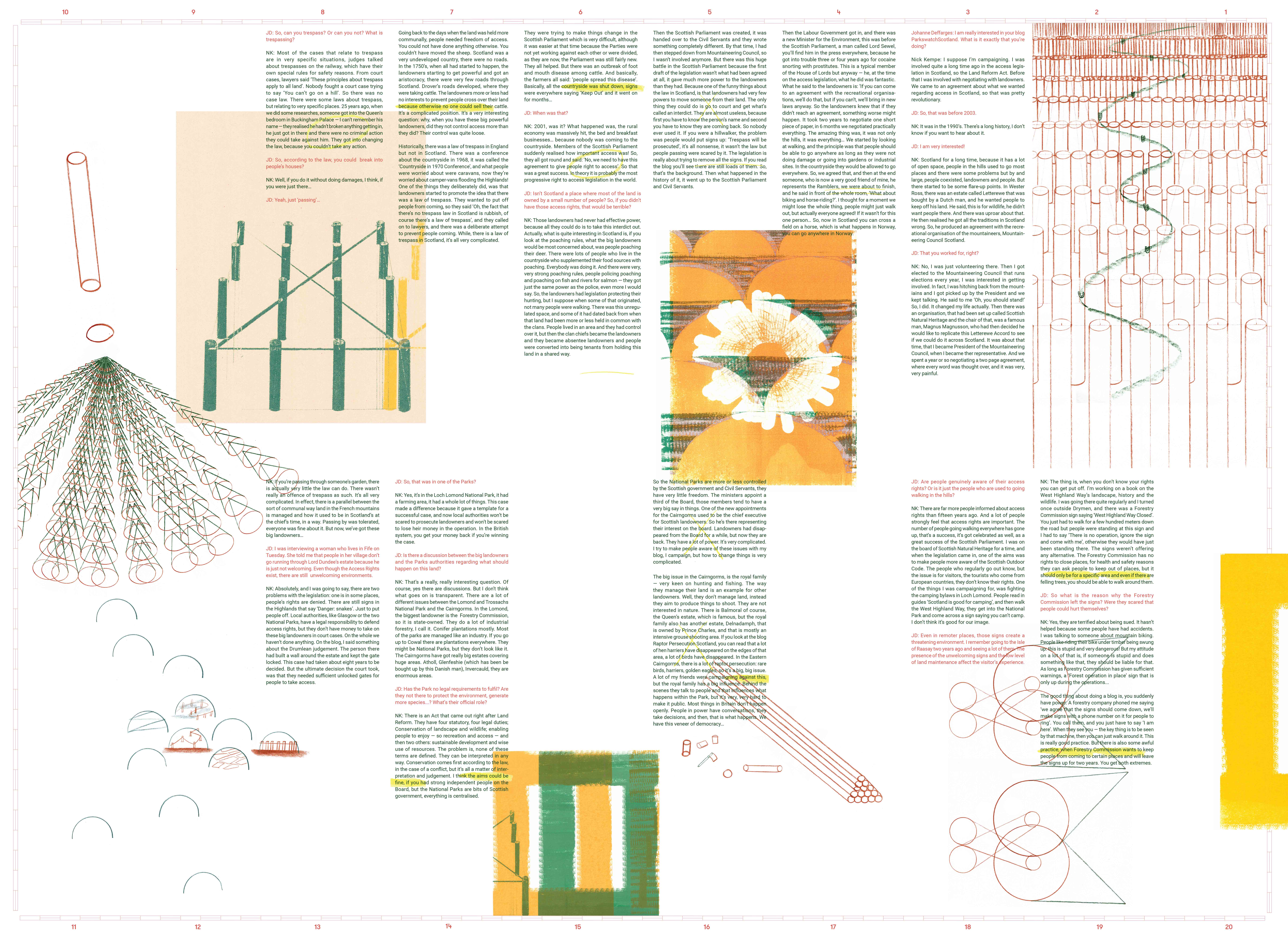
KEEP OUT
A1 folded map printed on Progeo paper, digitally printed
As part of my research around land ownership in Scotland, I came across ‘Parkswatch Scotland’, a blog run by Nick Kempe which critically documents the developments of the National Parks. Nick fights for access rights (one’s rights to access privately owned land), a necessary battle in a country where ‘concentrated landownership has caused significant damage’ (The Herald, 2019).
Keep Out consists of the transcript of an interview with Nick. Talking about subjects such as the traditional right to roam in Scotland, to today’s Scottish National Parks’ conflicted interests, Nick’s words covered an actual ‘history’ of access that felt worth illustrating.
As Nick had advised me, I visited the Drumochter Pass area to witness the concentration of sporting estates and I was able to take pictures of evidences. Traps to kill grouse chicks predators, medication to improve grouse’s immune system, burnt trees and ‘patchy’ looking hills due to the burning of the heath, plastic cones and tubs left lying around on the estates, roads built up from bottom of the hill to top, formed a body of images I used as starting points to illustrate the interview with Nick.
